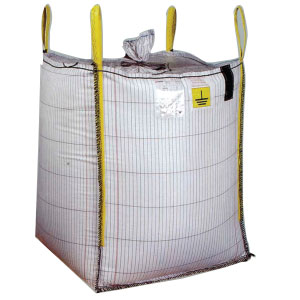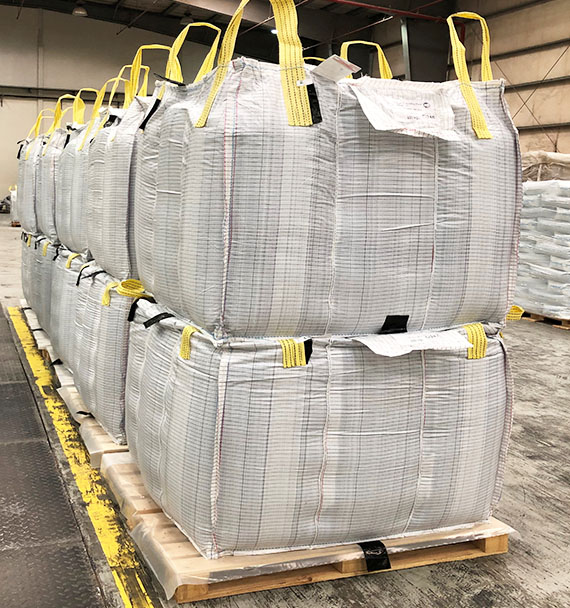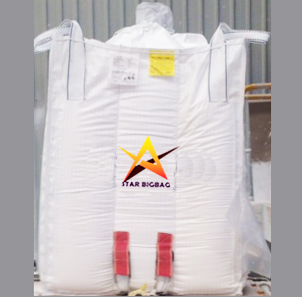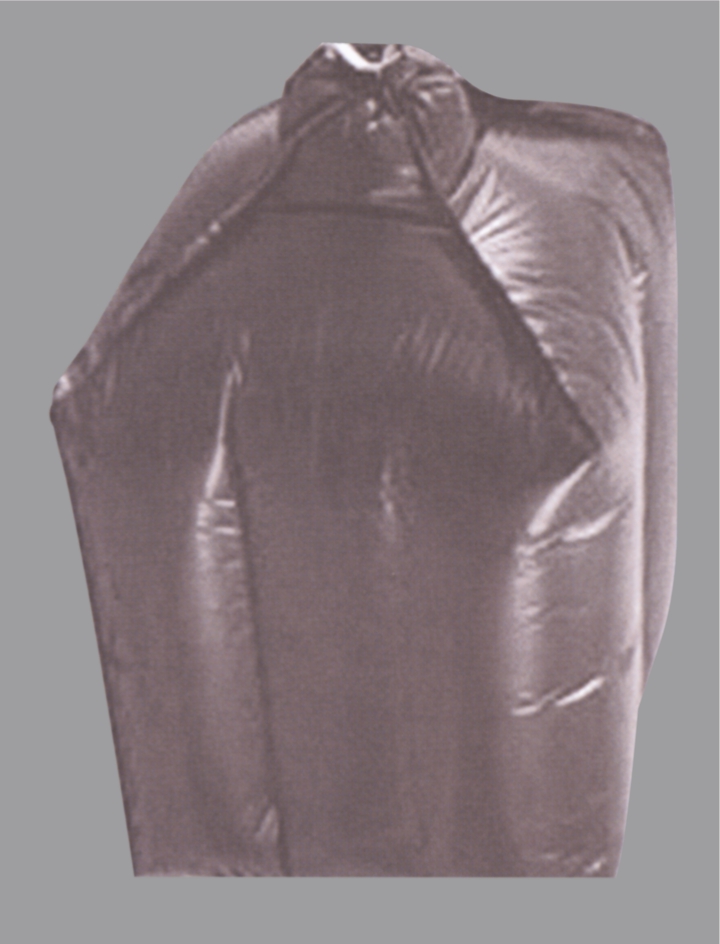Conductive Big Bag
|
During filling and discharging of polypropylene woven bags the material rubs against the fabric and electric charges emerge. When it comes to an electric discharge it is possible that explosive environment or materials inflame. In order to prevent this, there are special conductive big bag types (or antistatic big bags) that are used in explosive environments and explosive products. Their properties are standardised in IEC 61340-4-4 Ed. 2.0.
Generally, there are two situations that bear danger:
- Explosive materials - When explosive materials are filled into big bags the usage of conductive big bags is determined by the minimum ignition energy of the materials.
- Explosive Environment - An explosive environment can be given by dust, gases or steam. The highest danger is given when the explosive environment consists of gases or steam.
|
|
 |
Which type of Conductive FIBC do I need?
|
Bulk Product: MIE (Minimum Ignition Energy) of Dust
|
Non-Flammable Atmosphere
|
Explosive Dust Atmosphere
|
Explosive Gas and Vapor Atmosphere |
|
MIE > 1000 mJ (milli Joules)
|
A,B,C,D
|
B,C*,D
|
C*,D |
|
1000 mJ ≥ MIE > 3 mJ
|
B,C,D
|
B,C*,D
|
C*,D |
|
MIE ≤ 3 mJ
|
C,D
|
C*,D
|
C*,D |
*Type C FIBCs are safe to use under these conditions ONLY IF PROPERLY GROUNDED.
Type A Big Bags
The big bags have no special electrical properties. Most of the big bags that are used in the industry are Type A big bags. When nothing else is mentioned than a big bag is Type A.
|
|
 |
Type B Big Bags
Type B big bags are made from a Type B fabric which has a breakthrough voltage less than 6KV. This reduces the chance of heavy discharges
Type C Big Bags (Conductive Big Bags)
Type C big bags are fully conductive. They have black conductive carbon threads that are woven into the fabric. Additionally are all parts of the big bag
connected with conductive interconnections so the resistance between any part is less than 107 ohm. Type C big bags have black grounding points of
which one must be grounded during filling and discharging. Alternatively some filling and discharging rigs can ground the Type C FIBC via the loops.
Electrical loads on the big bag are effectively eliminated when using Type C FIBC.
Type D Big Bags
There is a fourth type of big bag that can be used instead of a Type C big bag in certain circumstances. These bags have the advantage that they do not have to be grounded. Anyway, all persons and things around this big bag have to be grounded which is particularly important since the Type D big bag will give all
electrical loads to the surrounding via corona discharge. DIV Trades is currently not offering Type D FIBC.
|
|
 |
Conductive Inliners
Big Bags with Inliners can also be constructed as Type B or Type C. They are constructed with special conductive Inliners.
Labelling Conductive Big Bags
Conductive big bags are labeled with an yellow extra label which contains some relevant information.
|
|
 |
Testing Conductive big bags
We are measuring both breakdown voltage and conductivity of the fabric and the finished Type C big bags.
What happens if I don´t use the proper conductive FIBC?
If no proper bulk bag is used or if the type C bulk bags are not grounded correctly, in the worst case, it can come to an explosion in
your or your customer's factory. This may not only lead to financial damage but also to personal damage. As of today, to our knowledge,
luckily no major accident with discharges from FIBC ever happened.